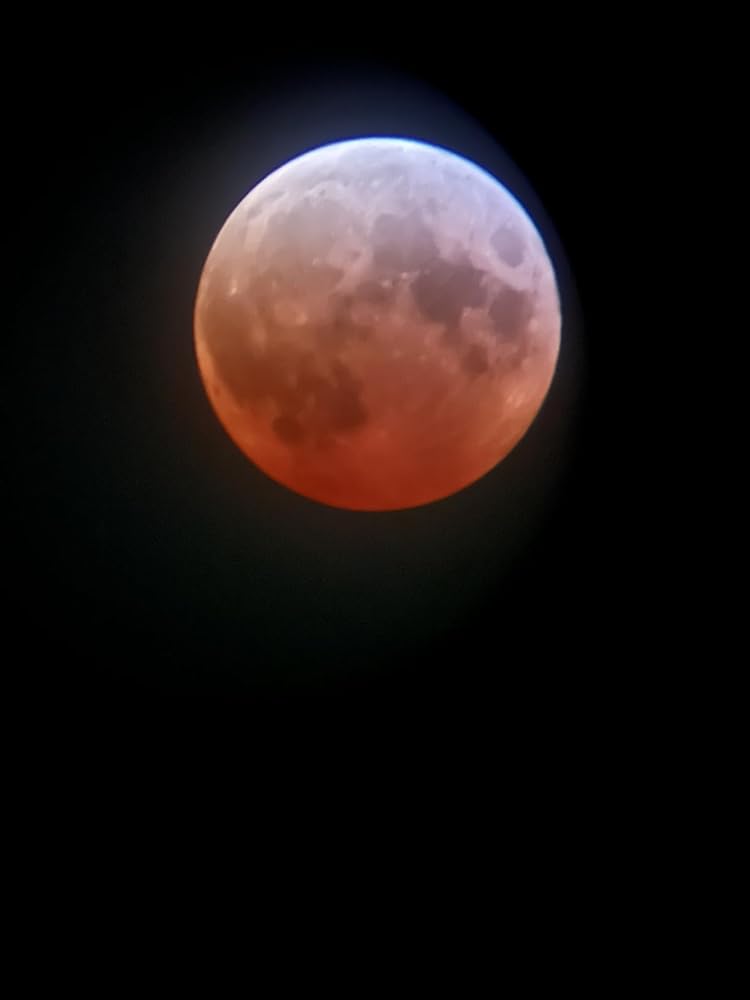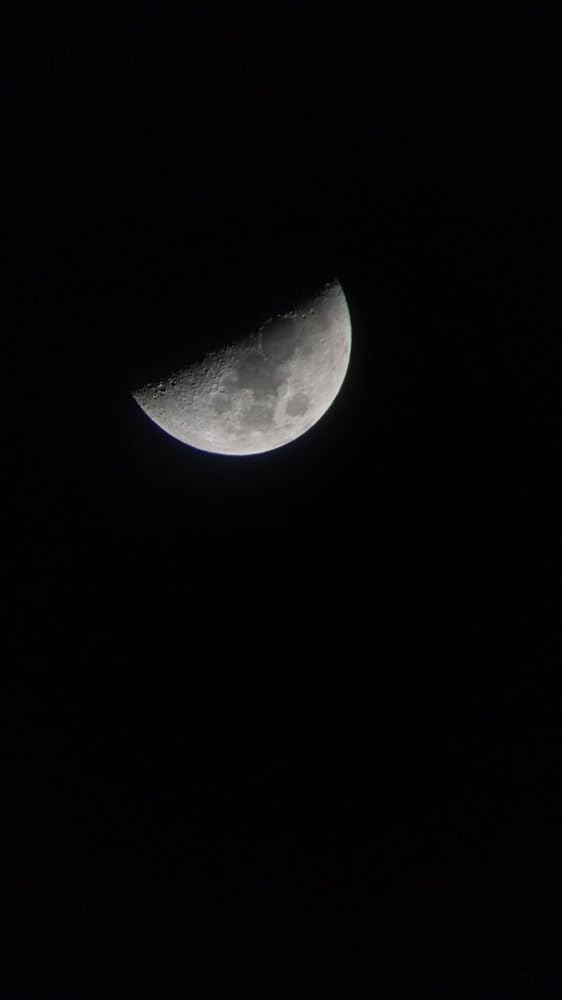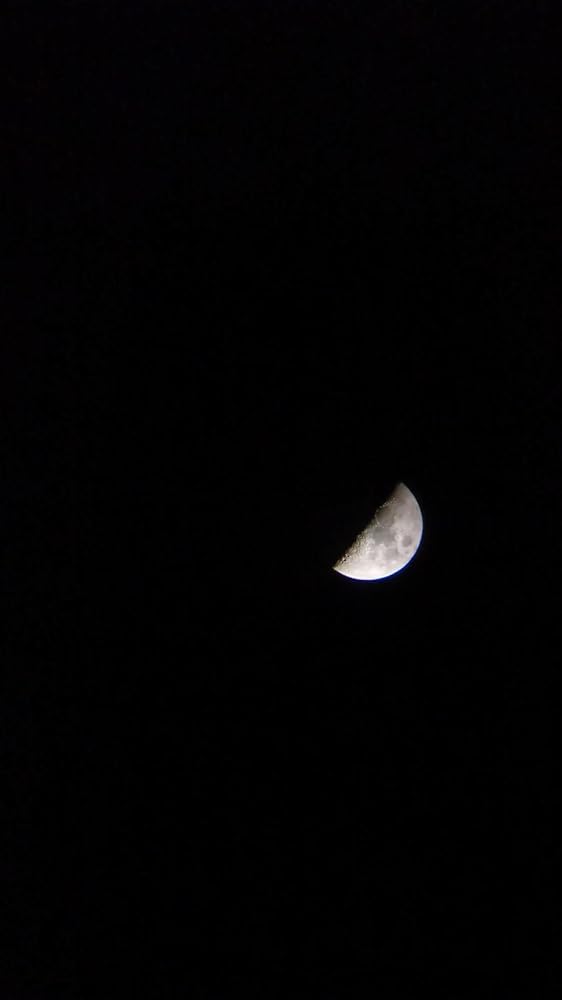



Let me start by saying this telescope delivered some genuine 'wow' moments during my first week of use. The crisp view of lunar craters through the 70mm aperture had my neighbor's kids squealing with excitement. That coating on the optics really does make a difference - Jupiter's Galilean moons appeared as four neat pinpricks of light during our backyard viewing session.
The portability factor is outstanding. I've taken this scope on three camping trips already, and the included carry bag protects it perfectly while leaving room for accessories. The wireless remote and phone adapter combo works better than expected - my Instagram now features surprisingly decent moon shots that impress my non-astronomy friends.
Now for the reality check: that 'beginner-friendly' claim needs qualification. Yes, the AZ mount is simpler than equatorial systems, but I spent two frustrating evenings before mastering object location. The finderscope alignment process had me questioning my spatial reasoning skills! Parents should expect to assist kids significantly during initial use.
The tripod height issue is real - at 5'10", I developed a permanent hunch after prolonged observing sessions. For comfortable family use, I ended up placing it on a patio table (which worked surprisingly well). Light pollution severely limits capabilities too - urban users will mainly enjoy lunar views unless they travel to darker sites.
Here's my verdict: At this price point, you're getting remarkable educational value despite the limitations. It won't replace premium scopes, but serves beautifully as a 'gateway drug' to astronomy. Just manage expectations - what you lose in professional performance, you gain in accessibility and those priceless first discoveries that ignite cosmic curiosity.

